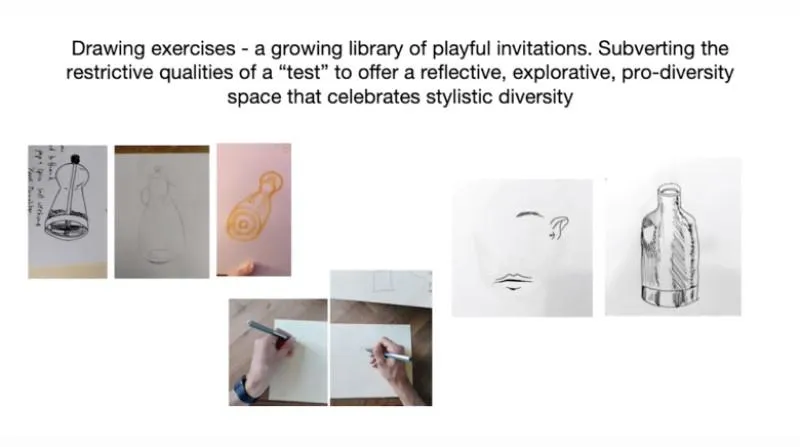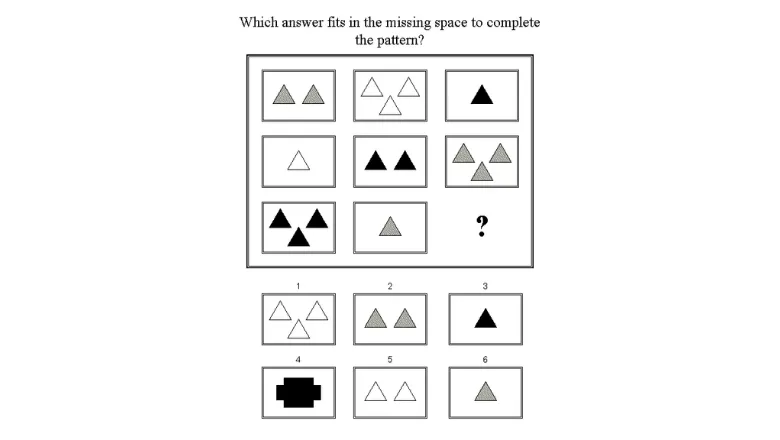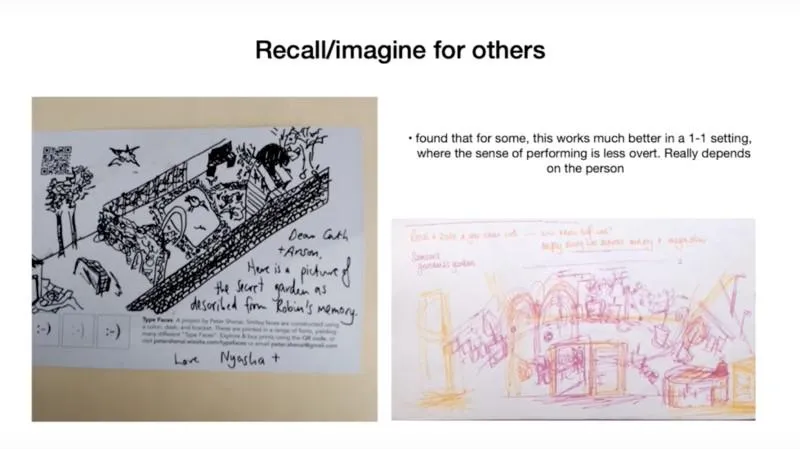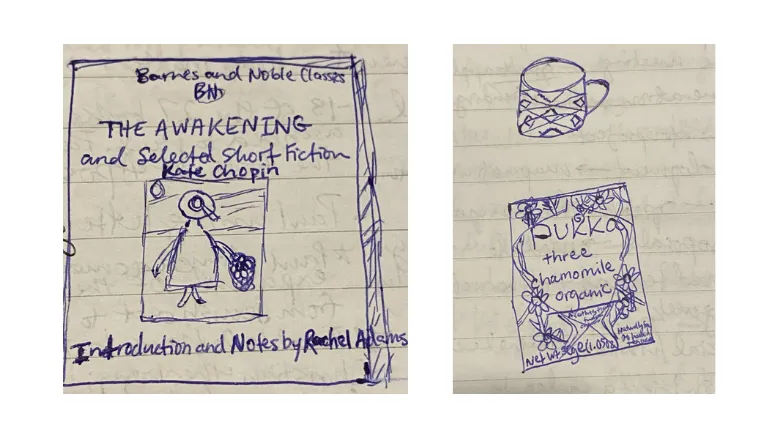In my research I have combined neuroscience with drawing in different ways; I have done psychological experimental work on how people process drawings, and worked with autistic people using drawing style as a window into their thinking style.
Francesca Happé, Professor of Cognitive Neuroscience at King’s
03 December 2021
Taking a line for a walk – King's Artists project explores the connection between art and neuroscience
How can drawing and neuroscience work together to inform research on neurodiversity and challenge perceptions of intelligence, ‘talents’ and ‘abilities’?

Written by Samantha Seto, PhD student in the Department of English, Faculty of Arts & Humanities and student digital content coordinator, King’s Culture
My recent experience with the King’s Artists project ‘Taking a line for a walk’ produced some interesting insights into this fascinating and thought-provoking question.
King’s artist-in-residence Peter Shenai is working in collaboration with Professor Francesca Happé, a neuroscientist and autism specialist in the Social, Genetic & Developmental Psychiatry Centre in the Institute of Psychiatry, Psychology & Neuroscience at King’s College London, on an art project entitled Taking a line for a walk.
Peter and Francesca’s project centres on the connection between art and neuroscience, reflecting on themes of intelligence, creativity, drawing, and neurodiversity. The project takes a critical stance on the role of drawing in IQ testing and cognitive development. Peter and Francesca are playing with conventional intelligence tests that use visual materials – exploring the aesthetics and logic of such tests, and their relationship with neurodiversity.
The collaboration includes a series of virtual workshops with diverse audiences participating in novel drawing tasks that question the history of ‘testing’ intelligence or talent. The aim is to establish a creative space for participants to learn unfamiliar ways of making and seeing in addition to reflecting critically on notions of testing ‘abilities’. The collaboration hopes to explore how neurotypical and neurodivergent people connect and view themselves and others through drawing.
In the event Disrupting Intelligence through Drawing, part of the Entrepreneurship Institute’s Festival of Disruptive Thinking, Peter and Francesca explored the interplay in visual space to spark divergent thinking and creativity.

For her research, Francesca has studied drawing in neurodiverse groups, particularly autistic people. She explains that the different ways through which they produce beautiful drawings reflect their cognitive style, which often includes an amazing eye for detail. As Francesca elaborates, neurodivergent people are ‘often really creative and have ideas that neurotypical people, or non-autistic people, just wouldn’t think of.’ In terms of neurodiversity and meaning-making from images, Francesca and Peter are exploring the use of drawings and other visual stimuli to test intelligence, such as Raven’s Matrices and the ‘picture completion’ subtest of a well-known IQ test.

A second session, an experimental drawing workshop, run by Peter, was aimed at students as part of King’s Culture’s At Home in Cultural London extracurricular programme. My favourite part of the workshop was the ‘drawing from memory’ part. Through this and other exercises I learned about the connection between drawing and using my creativity. Through storytelling, I used the cognitive faculties of my brain to piece together the parts of an image that is a visual recreation of a memory about my childhood home. It was interesting to learn how the participants in the workshop created a drawing of my home based on oral storytelling as I described it from my own memory. The illustrations are critical to the understanding of the production of artwork linked with the creative mind.
Peter explains that his research for the art project is centred on ‘using these workshops to learn a little bit more about how people are affected when faced with certain kinds of unusual creative challenges’ and examines how the participants in the workshop gain confidence and creative impetus as they share their drawings as a group.

The drawing workshops, which form a large part of the Taking a Line for a walk project, question the tradition of assessing child development with the ’draw-a-man‘ test. They are informed by research on various thinking styles and neurodivergence, particularly autism.
The team are working towards making an art exhibition in 2022 that could playfully challenge the medium of visual intelligence tests, through an interplay with its traditional design tropes, visual language, and narrative structures, to offer up immersive experiences that prompt debate and discussion on intelligence, creativity, and the cultural value of intelligence testing.

King’s Artists provides opportunities for artists to be resident within faculties across the university and aims to support residencies that place artists in collaboration with students and staff across disciplines to embrace creativity and take risks, developing new thinking and creative outputs.
King’s has a long history of hosting and working with artists across its faculties and within its wide range of research areas, bringing together nearly 60 artist residencies that have connected academic research with art through a range of media including painting, printing, literature, theatre, music, performance, installation, photography, video, textiles, waxwork modelling, ceramics and fashion. Many of the artists and academics have presented the work and research developed at King’s during residencies on national and international platforms.
Samantha explores cultural London on Instagram.
Follow @CulturalKings to read her recommendations.

